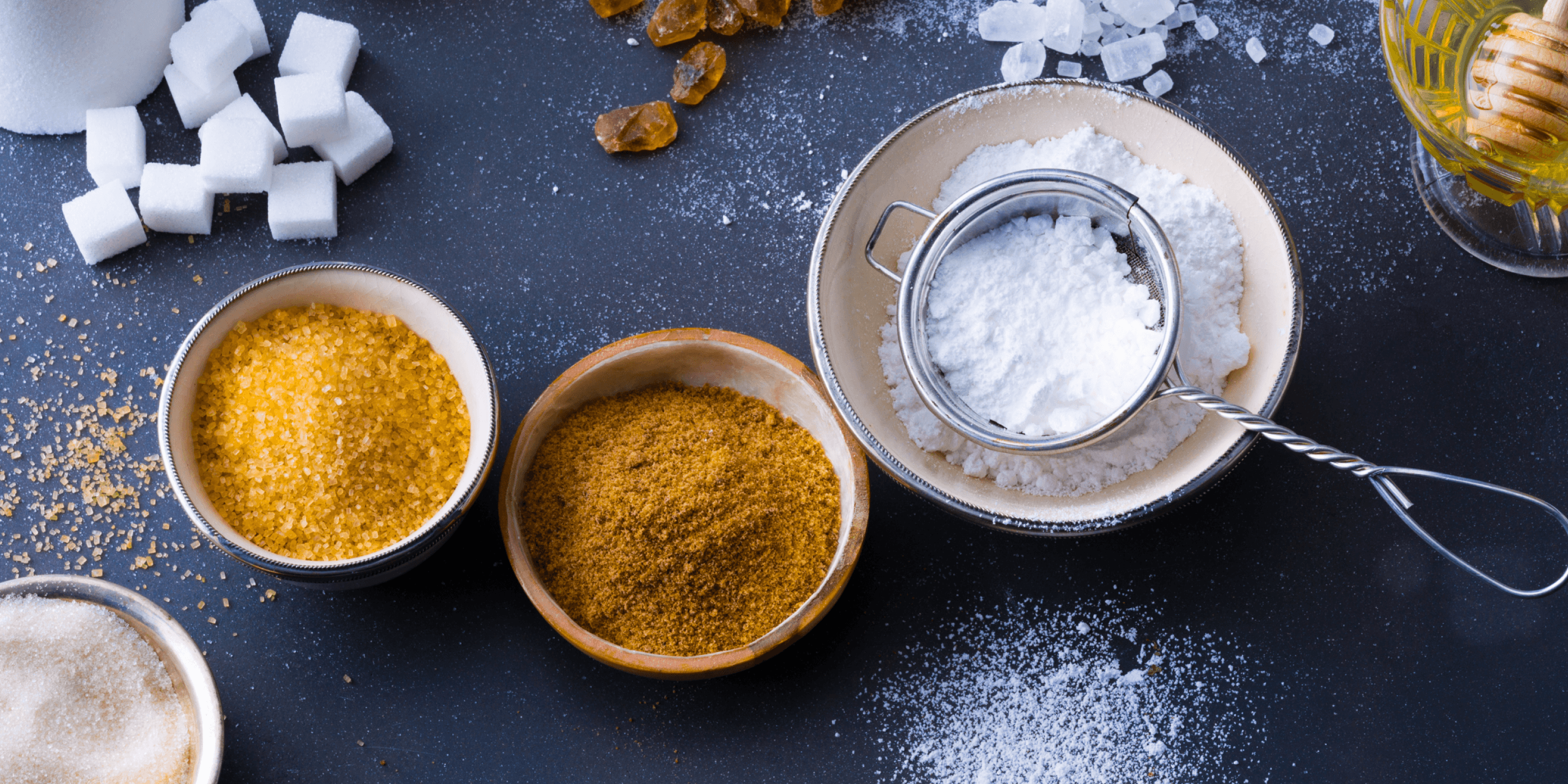Choose your sauce wisely
Shop-bought sauces may contain lots of added sugars that can spike your glucose. Learn more about what to look out for and how to make your own.
Christina Stiehl,
Managing Editor
Pamela Nisevich Bede, MS, RD, CSSD, LD,
Medical Affairs
Published:
April 23, 2025
Read time:
2 minutes

Start Lingo today for just £59
Learn how your body responds to food and exercise with a 2-week plan*, no commitment.
Buy now
Sauces can make a meal delicious with loads of flavour. But proceed with caution. Depending on the sauce you choose, that flavour might be coming from sugars. That’s right — even the most savoury of sauces could include a lot of hidden sugars. These sugars impact not just the taste, but also your glucose.
Choose sauces wisely
Shop-bought soups, sauces, and bread products can often contain a surprising amount of added sugar, so it’s important to read and understand the food label. Most nutrition labels provide information on sugar per 100 grams (g). A product with 5 g or less sugar per 100 g is considered low in sugar. 1
In addition to the amount of sugar, check the ingredients for added sugars (like high-fructose corn syrup, corn syrup, and cane sugar) as well as sweeteners that can be listed under many names (such as erythritol or xylitol). Watch out for “low-fat” or “fat-free” sauces as they may have added sugars to make up for their reduced fat content.
Make your own
Making your own sauces does not have to be hard or time-consuming. They are fresher, tastier, and can be more nutrient-dense as you have control of what you put in them. You may still want to add sugar, but you can choose to use it sparingly. Opt for more natural sources like fruit puree, dates, honey, or maple syrup.
Some easy-to-make sauces include tomato sauce, pesto, salsa, guacamole, and olive oil-based salad dressings.
DIY tomato sauce
The next time you need a tomato-based sauce, skip the ready-made stuff and make your own. Start with fresh or canned tomatoes, add in onions, garlic, peppers, herbs, and even red lentils to make it more nutritious and delicious.
Once you find a recipe you like, make a big batch and freeze some to have on hand for an easy meal another time.
A final note from Lingo
Shop-bought sauces can contain surprisingly high amounts of added sugar, which means adding them to your meal can more likely spike your glucose. To help keep things steady, keep an eye on the sauce ingredient list and try making your own at home when you can.
You can track the effects of different sauces on your glucose using a continuous glucose monitor (CGM) like Lingo. These devices provide glucose data that can help you learn which foods and ingredients might be the best for you to keep your glucose steady.
The Lingo system is not for medical use and intended for users 18 years and older. Lingo is not intended for diagnosis or management of any disease including diabetes.
The Lingo programme does not guarantee that everyone will achieve the same results as individual responses may vary. It is best to speak to your doctor for advice on starting any diet or exercise regime or if you have an eating disorder or a history of eating disorders.
© 2025 Abbott. All rights reserved. The biosensor shape and appearance, Lingo, and related brand marks are marks and/or designs of the Abbott group of companies in various territories. Other marks are the property of their respective owners.
ALB-02542
Published:
April 23, 2025
Read time:
2 minutes


Christina Stiehl is the Managing Editor at Lingo. She graduated from the University of Missouri School of Journalism and has more than a decade of professional editorial experience in the health and wellness industry. Christina has written for top media publications including SELF, PS, Shape, Well+Good, Thrillist, and VICE before pivoting to leading content at health tech companies.


Pamela Nisevich Bede, MS, RD, CSSD, LD, is a certified specialist in sports dietetics and an expert in nutrition communications. Pam earned her Bachelor of Science degree in Dietetics from Miami University and a Master of Science in Medical Dietetics from The Ohio State University. While at Abbott Nutrition, Pam was the Global Nutrition Lead at Zone Perfect Nutrition and Ensure and was previously the Manager of Nutrition Marketing at EAS Sports Nutrition.
More to explore on the blog

Understanding food labels and nutrition lists
Learn more about what the labelling can tell you about a food’s nutritional value and ingredients, along with specifics to look out for on the packaging.
May 07, 2025|5 minutes

Different words for sugars: How to find those hidden added sugars
Sugar can appear in ingredient lists under a wide variety of names. Learn more about what to look out for and what the daily intake recommendations are.
March 19, 2025|6 minutes
A healthy choice for your inbox
Sign up for Lingo emails to get science-backed tips, special offers, and The Journey Newsletter.
Start Lingo today
for just £59
Learn how your body responds to food and exercise with a 2-week plan*, no commitment.
- 1 Lingo biosensor with minute-by-minute continuous glucose tracking
- Full access to the Lingo app. Designed for iPhone 11 device or later.
Shop now
Free shipping
*No commitment. This plan does not auto-renew (requires an iPhone 11 or later)

